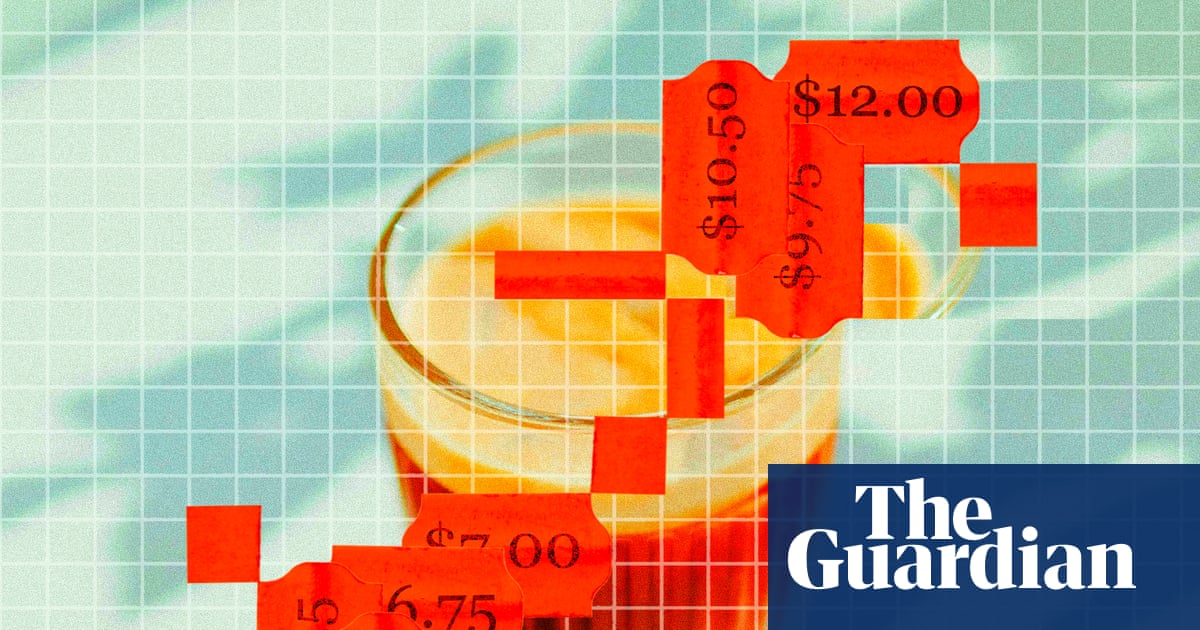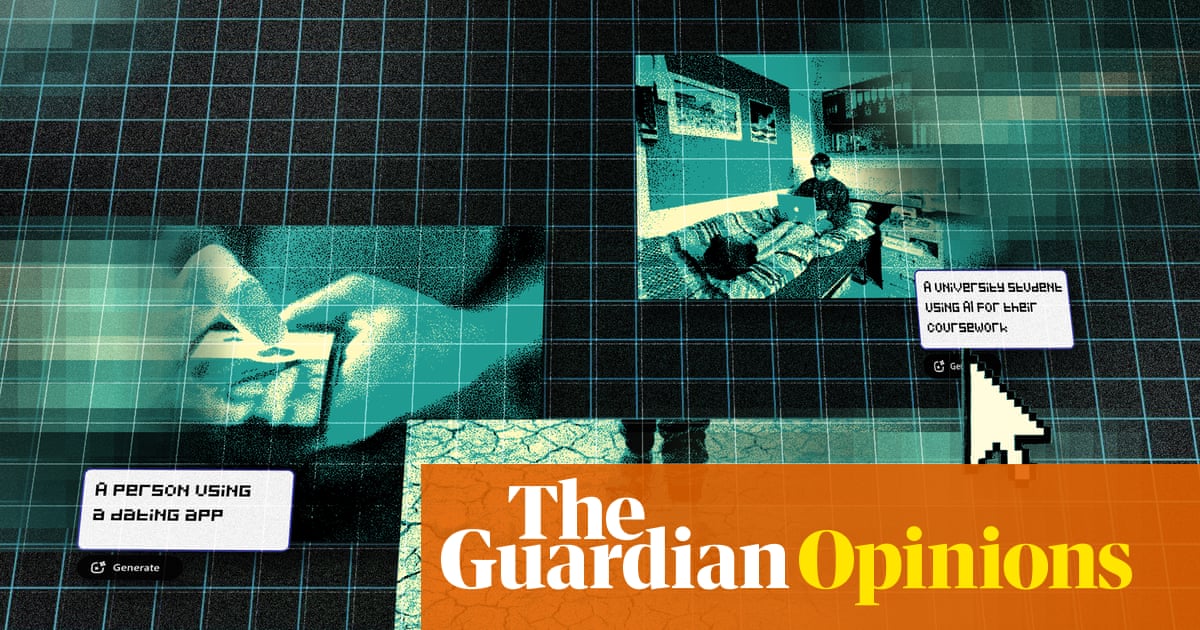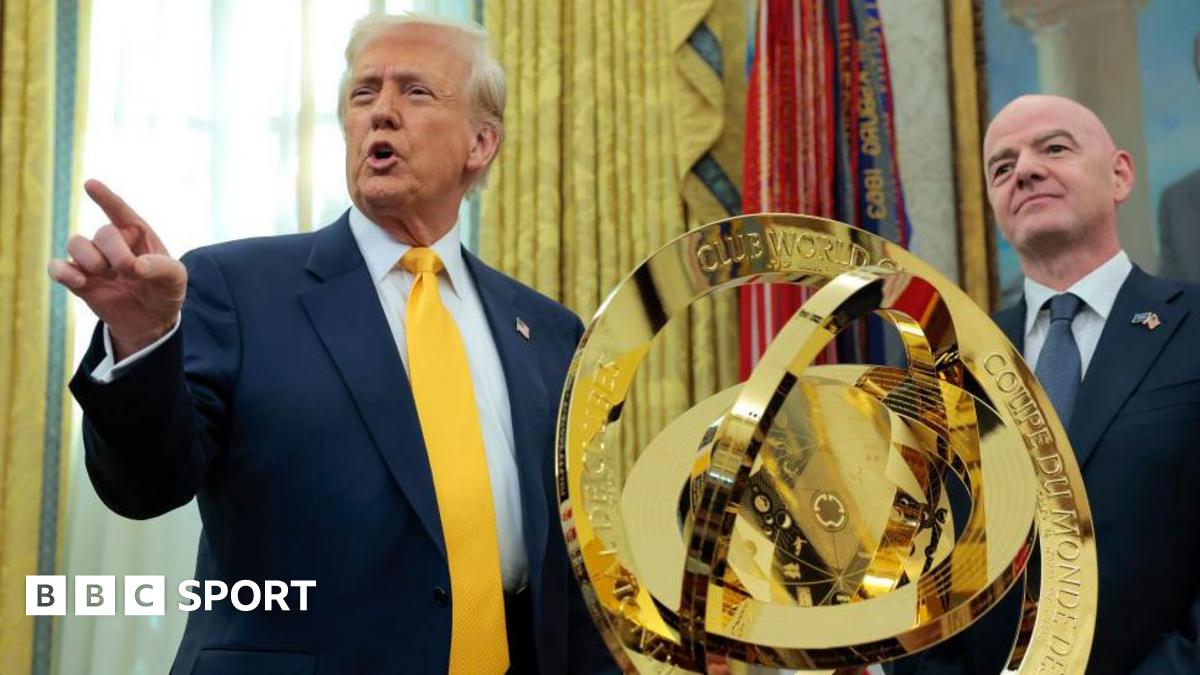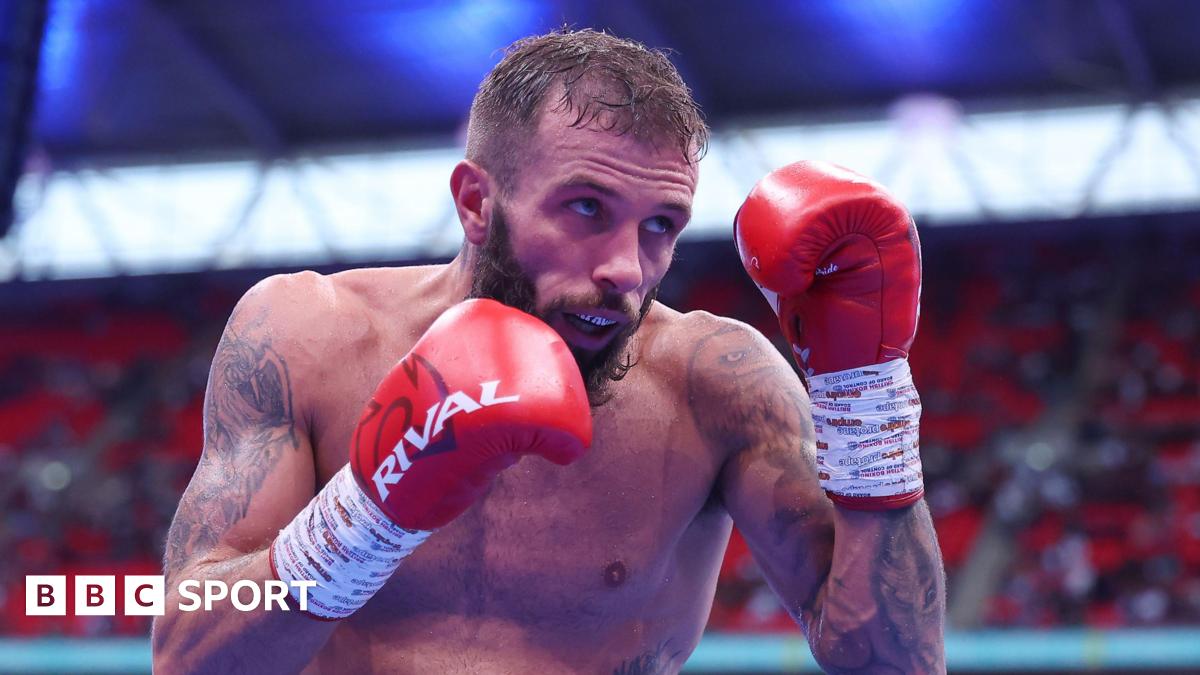Donald Trump told Republican lawmakers that he plans to fire the US Federal Reserve chair, Jerome Powell, in what would be an unprecedented move against the non-partisan central bank.
Trump drafted a letter firing Powell and showed it to House Republicans during a private meeting on Tuesday night, according to the New York Times. Stock markets sank on the news but rose as Trump complicated the story by telling reporters it was “highly unlikely” he would fire Powell.
This isn’t the first time Trump has said he will fire Powell, whose term is up in May 2026, though it marks a rapid escalation of his threats to do so.
Any move by the White House to formally dismiss the Fed chair would be unprecedented. The president has historically respected the independence of the central bank, and kept out of its way – even if there was disagreement over policy.
But, of course, it looks like Trump is following his own playbook. Here’s what we know is going on between Trump and the Federal Reserve.
What does the Federal Reserve do?
As the central bank, the Fed manages the money supply in the US, primarily by setting the interest rate. The interest rate affects how much it costs to borrow money for things like mortgages or other loans.
When setting the interest rate, the Fed considers inflation and the labor market, what it calls its “dual mandate”: higher interest rates could bring down inflation, but negatively affect the labor market, while lower interest rates could do the opposite.
Over the last few years, starting before Trump’s second term, the central bank has been trying to bring down inflation, which peaked at 9% in June 2022.
To do that, the Fed raised interest rates to a multi-decade high of between 5.25% and 5.5%. Just a few years before, at the height of the pandemic, in 2020 and 2021, interest rates had been close to zero.
Late last year, the Fed lowered interest rates, which are now 4.25% to 4.5% – a whole point lower than where they were a year ago.
US stock markets are very sensitive to Fed decisions. Stocks started to climb after September, when the Fed started cutting rates.
Why is Trump attacking the Federal Reserve?
Trump’s tariffs have put the economy in a tailspin. Stock markets were quick to respond to – and recover from – the enormous levies.
Fed officials have had four meetings this year in January, March, May and June during which they could have changed interest rates. At all four, they declined to touch the rates, citing economic uncertainty.
The pause has made Trump furious. Last month, Trump told Powell in a handwritten note he was “too late” and demanded that the Fed lower rates.
“You have cost the USA a fortune and continue to do so,” he wrote. “You should lower the rate – by a lot!”
From Trump’s perspective, cutting rates could offset the impact that his tariffs are having on the US stock market. But for Fed officials, it would risk exacerbating inflation.
In a rare public response, Powell directly pointed to Trump’s tariffs as the reason why the Fed has not been able to lower interest rates.
“We went on hold when we saw the size of the tariffs,” Powell said earlier this month. “Essentially all inflation forecasts for the United States went up materially as a consequence of the tariffs.”
Recent inflation data showed that inflation ticked up in June. The annualized inflation rate went from 2.4% in May to 2.7% in June – the highest one-month leap since March 2024.
after newsletter promotion
This doesn’t bode well for the possibility of any interest rate cuts at the Fed’s next board meeting at the end of July.
Can Trump legally fire the Fed chair?
The supreme court recently suggested that the president cannot fire the Fed chair, which would make it impossible for Trump to fire Powell, should he try to do so.
While the court greenlit Trump’s firing of two officials serving on US labor boards, the court went out of its way to say the Fed has special constitutional protections.
“The Federal Reserve is uniquely structured, quasi-private entity that follows in the distinct historical tradition of the First and Second Banks of the United States,” the court wrote in the May decision.
But the Trump administration is trying to find a legal workaround. Trump has recently started accusing Powell of potentially lying to Congress about renovations that took place at the Fed’s headquarters in Washington.
“I didn’t see him as a guy that needed a palace to live in,” Trump told reporters. “The one thing I would have never guessed is that he would be spending two and a half billion dollars to build a little extension on to the Fed.”
When asked whether he saw it as a fireable offense, Trump said: “I think it sort of is.”
Powell has asked an inspector general to review the costs of the renovations, which were originally slated to cost $1.9bn but rose to $2.5bn due to “unforeseen conditions”, according to the Fed’s website.
What is the Fed’s case for independence from the White House?
The Fed, which holds huge power over the economy, has to be extremely careful about each decision it makes.
Moves made by the central bank can affect the stock market, the value of the US dollar and government bonds – which all, in turn, affect the US economy.
On the Fed’s independence, Powell said that officials “will only make our decisions based on our best thinking, based on our best analysis of the data and what is the way to achieve our dual mandate goals as we can to best serve the American people”.
“We will do what we do strictly without consideration of political or any other extraneous factors,” he said.

 4 months ago
49
4 months ago
49








 English (US) ·
English (US) ·